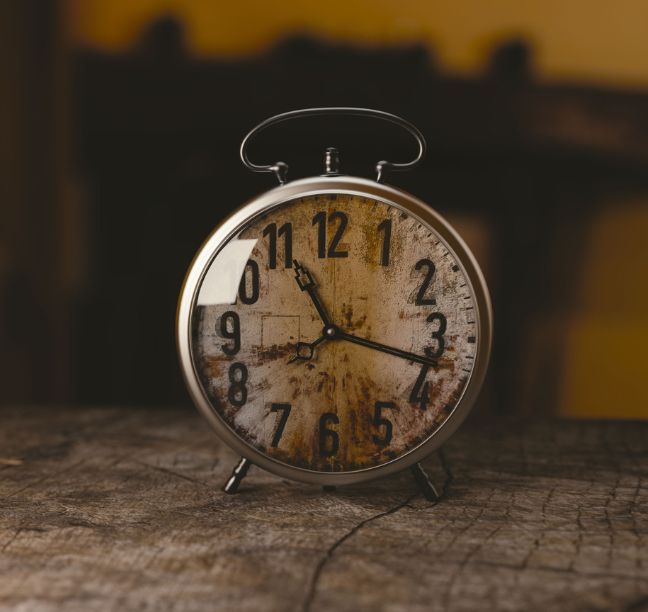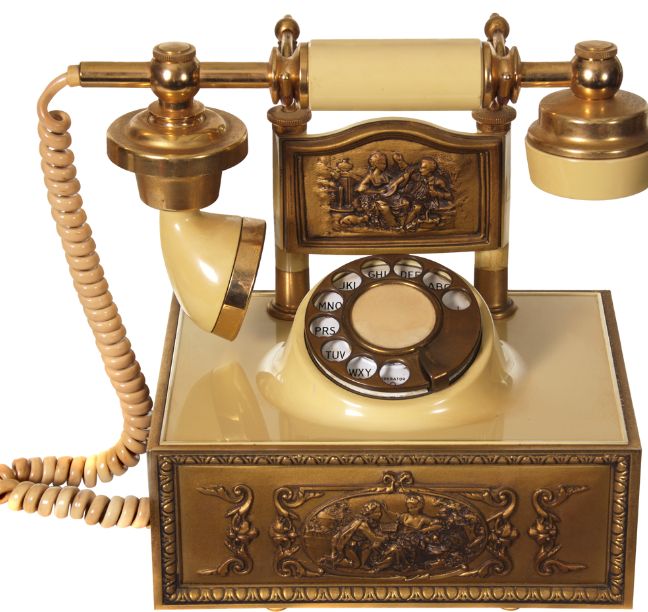5 Tips for Identifying Authentic Antique products
Every antique product has the unique story and antique charm that
can easily elevate your space. In the era of fakeness and reproduction, genuine antique
product finding could be daunting task for enthusiastic and every collector. If you are
exploring online auctions or perusing a local flea market to get authentic antique products
then you need to be very clear about the major differentiation between authentic antique
products or artificial one. This blog post will help you to understand the major
characteristics of authentic antique products as capitalizing in these products is life time
value creation for all individuals as these products are complete mixture of raw history,
art, and culture.
Definition of Antique Needs to be Understand
Prior to taking a deep dive into the identification of authentic antique products, first
of all, you need to be aware of the basic qualities of an antique products. Items that
are much older or approximately 100 years deep-rooted product, then it could be
characterized as an antique product. Based on different contexts, this rule could be
varied, as in many cases only 50 years old product is also termed as vintage. However,
the baseline of the products needs to be fundamental. If you are passionate about
antique product collection, you have to be familiar with the different characteristics
of antique products and this will effectively help you to assess your potential antique
product purchases.
Craftmanship Examination
Genuine antique products are generally the fruit of perfect craftsmanship and it is very
critical replicate even after the advancement of technology. Some core elements of
antique products are as follows:
- Material Quality: Authentic antique products are generally made out of
high-quality material. Anyhow, if you find that your antique product is flimsy or
lightweight, it will never be an authentic product.
- Joinery Techniques: First of all, the structure of the antique products needs
to be scrutinized properly. In the context of antique furniture, they used
traditional joining strategy like tenon, mortise, or dovetail joints. In this type
of furniture if you observed that there are modern nails or screws attached to any
modern furniture, it will be sign of reproduction.
- Patina and Finishes: Surface of an antique products needs to have the sign
of anciency, for example: minor wear or natural patina. If you observed that there
was a pristine finish on an antique product, then it could be the sign of restored
product rather than antique product. Any genuine antique product has the aged and
rich finish, which completely enhance the characteristics of the vintage product.
Checking any Labels and Marks
Some specific labels, marks, as well as signatures authenticate many antique products and
some specific characteristics need to be considered here.
- Labels and Tags: The origin of any antique products has indicated by its
original tags and labels. To mislead buyers, many reproducers use fake labels and
that is why proper authentication is required.
- Style Periods: You have to research to familiarize yourself with different
styles and periods product. This complete knowledge will help you to recognize
originality of any antique products.
- Makers Mark: Particularly for antique furniture or pottery, maker’s marks is
an indication of authentication. Enhance your knowledge with online databases, books
and collector groups that helps you to know more about period or region of maker’s
mark. Antiques are often identified by makers marks or the actual artisan who
created it themselves.
Historical Investigation
It is significantly impactful in understanding the history of the authenticity of the
antique product. Some steps that need to be investigates are as follows:
- Asking Question: When you are purchasing the antique products from seller or
any dealer, then you should not forget to ask questions about the history of the
item. Any authentic seller will always answer you about the details including
previous ownership, restoration history and age of the piece.
- Auction Record Research: Many renowned auction houses maintain proper record
of previous antique product sales, including description and photos of the item. The
market authenticity and value could be easily gained after reviewing the research
records.
- Provenance Documentation: Any authentic antique product always has proper
documentation, including certificates, previous appraisals or even personal stories.
These documentations are passed down from generation to generation which creates
more credibility and value of the item.
Seeking for Expert Opinion
In the domain of antique products, you should not hesitate to consult experts and
professionals in case of any doubt. Some approaches of gaining additional insight
through expert opinion are as follows:
- Antique Dealers: if you are looking for expert opinion regarding your antique
product, then dealers with good reputation could be invaluable resources. Generally,
they have huge knowledge that allow them to provide proper guidance regarding
authenticity of antique products.
- Antique exhibitions and shows: You can closely contact antique experts and
collectors at any local exhibition and antique shows. You can get your every antique
product-related query as well as get insight from those knowledgeable insights.
- Appraisers: If you want to appraise any of your antique items, hiring an appraiser
is always a perfect idea. Detailed evaluation of the product is easily achieved and
it can evaluate the value and authenticity of the product.
Identification of authentic antique products is too broad a question to usefully
answer; there are simply too many categories of antiques. The simplistic answer is
that a fake won’t look old when closely examined by a practiced eye. The world of
antique products navigation can be both challenging and thrilling. With numerous
forge and vague antique products flooding within the market, it is always necessary
to understand how to recognize the genuine antique products, which is very crucial
to know for any enthusiast or collector. After knowing the exact definition of
antiques, checking marks and labels, examining craftsmanship, seeking expert
opinions, and researching history can positively demonstrate individual’s antique
collection that develops real value. With a bit of patience and knowledge, any
antique product enthusiast can be capable to discover beautiful antique pieces that
not just enrich your collection, but eventually help you to connect with the
history.


